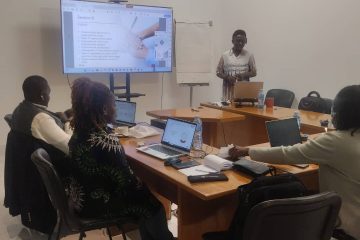Brainstorming is a technique that can help you generate creative and innovative ideas for a specific problem or goal. It involves sharing and recording ideas from one or more individuals in a free-flowing and spontaneous manner, without judging or criticizing them. Brainstorming can be done individually or in groups, and it can be facilitated by a leader or a moderator.
There are different types of brainstorming methods, such as:
- Classic brainstorming: This is the most common and simple method, where participants are given a problem statement or a question, and they are asked to come up with as many ideas as possible in a limited time. The ideas are usually written on a board or a flip chart, and they are not evaluated until the end of the session.
- Brainwriting: This is a variation of classic brainstorming, where participants write down their ideas on paper or cards, and then pass them to the next person, who can add, modify, or combine them. This method can reduce the pressure and anxiety of speaking in front of a group, and it can also increase the diversity and quantity of ideas.
- Reverse brainstorming: This is a method where participants are asked to think of the worst possible solutions or outcomes for a problem, and then reverse them to find positive and feasible ideas. This method can help overcome mental blocks and assumptions, and it can also stimulate humor and fun in the group.
- Mind mapping: This is a method where participants use a visual diagram to organize and connect their ideas around a central topic or theme. The diagram consists of a main node, which represents the problem or goal, and several branches, which represent the subtopics or categories of ideas. The branches can have further sub-branches, which represent the details or examples of the ideas. This method can help structure and clarify the ideas, and it can also reveal new associations and relationships among them.
Brainstorming can have many benefits, such as:
- Enhancing creativity and innovation: Brainstorming can help you explore different perspectives and possibilities, and generate novel and original ideas that can solve your problem or achieve your goal.
- Improving teamwork and collaboration: Brainstorming can help you work together with other people, and learn from their insights and experiences. It can also foster a sense of trust and cohesiveness in the group, and create a positive and supportive atmosphere.
- Increasing motivation and engagement: Brainstorming can help you feel more involved and interested in the problem or goal, and more confident and satisfied with your ideas. It can also make the process more enjoyable and fun, and increase your enthusiasm and energy.



0 Comments